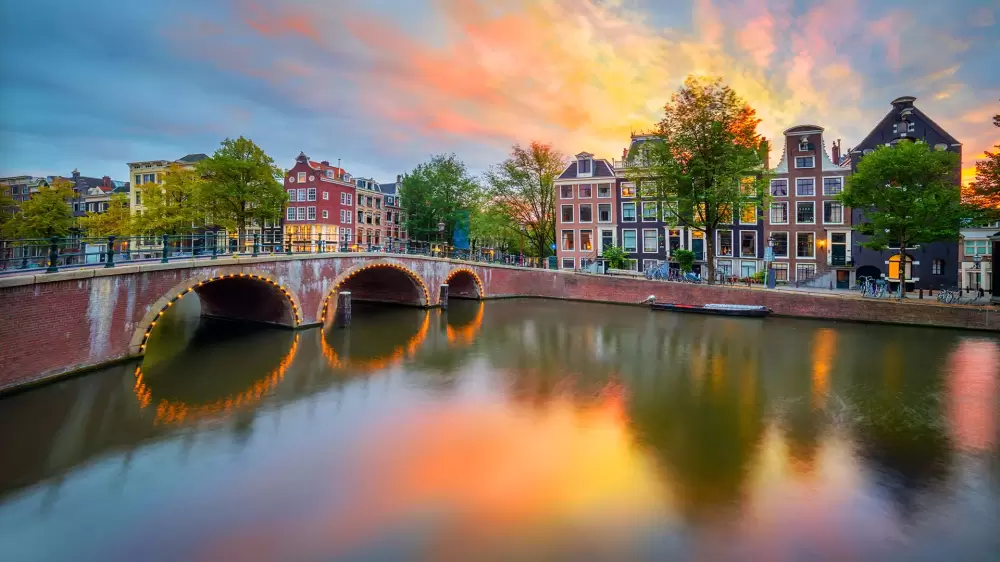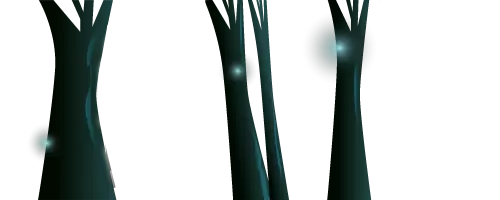TRACES OF DRUGS IN WATER AND AIR: A HEALTH HAZARD?

Italy is a beautiful holiday country with beautiful cities where you can wander around for hours. People there are kind and open, and you can enjoy art, culture as well as good food everywhere. But it seems that in some major Italian cities there is more than culture and history that makes life there so relaxed and appealing. Maybe drugs are involved! At least that is what seems to emerge from research on traces of drugs, such as cannabis and nicotine, in water and air in Italian cities.
A surprising study on drugs in Italy
In 2012, a surprising study was published in the Journal Environmental Pollution. Scientists at the Italian Institute of Atmospheric Pollution Research investigated traces of psychoactive substances in the air in eight Italian cities for a year. They included Bologna, Florence, Milan, Naples, Palermo, Rome, Turin and Verona.
Angelo Cecinato, author of the paper, previously researched such traces of drugs in the cities of Taranto and Rome. This chemist then found that there were more traces to be found than expected. At the time, he thought that was a coincidence or a rare occurrence. But this time, atmospheric values were measured for a year in eight major cities.
Several substances were measured, namely cannabinoids, nicotine, cocaine and caffeine. This study shows that it was not at all a coincidence that traces were found. In fact, the results seem to indicate that these traces of drugs are a good indicator, of what is going on in a city centre.
What is actually in the air?
It turned out that traces of cannabis and cocaine could be found in all eight cities. The highest concentrations were measured in Turin and the lowest in Palermo. Caffeine and nicotine were also found in all cities. It was notable, however, that nicotine and cocaine use remained almost the same throughout the year.
This was different with caffeine and cannabinoids. Here a seasonal change was visible. For these substances, a peak in use was seen in all eight cities in winter. And in spring and summer, there were almost no traces of them. This seems to indicate that people do not crave the warmth of weed or coffee as much in summer, but do in winter.
The researchers say that their survey data can provide insight into trends in drug use. For instance, it appears that Turin has the largest trade in cocaine and that the student cities of Florence and Bologna have the most cannabis particles in the air. This is then probably due to the high proportion of students living there. Some 300,000 to 400,000 students live in both cities. The cities also always attract many foreign students. Possibly, based on the survey data, local policies can be adjusted, scientists believe.
Perhaps it is nice to know that the concentrations measured are not high enough to affect the average passer-by. In Turin, about 0.26 nanograms of cocaine per cubic metre of air was measured. That is not nearly enough to affect your mental faculties. Compare it to a grain of salt, which weighs about 80,000 nanograms.
Similar research in Europe
The research as done in Italy has not been done in other countries. However, sewage water is being analysed. In 2021, 75 cities in 25 European countries were investigated for traces of various drugs (cocaine, cannabis, amphetamine, methamphetamine and MDMA). In almost all cities, these drugs were found in sewage.
It turns out that cocaine is most commonly used in the Netherlands, Spain and Belgium. The highest levels were found in Amsterdam and Antwerp. The fact that cocaine is widely used in the Netherlands is also reflected in population studies. The Netherlands ranks second in terms of the percentage of users among young adults. Cannabis use is also high here. Amsterdam is, of course, the cannabis capital. Not only of the Netherlands, this survey shows, but of the whole of Europe.
And MDMA is also widely used here, with the Dutch cities of Utrecht, Eindhoven and Amsterdam leading the way compared to other European cities. The Netherlands as a country is number one in terms of ecstasy use. So we can safely assume that all kinds of drugs are in the air in the Netherlands too.

Pollution from drugs
Although mind-altering drugs can have fun and sometimes useful effects (think of treatment for mental disorders, such as PTSD or depression), the use and production of drugs can pollute the environment. So traces of them can be found not only in sewage and air, but also in the environment.
Cocaine use has left its mark in Italy. Research by the Mario Negri Institute for Pharmacological Research, found traces of benzoylecgonine in the Po River in northern Italy. So not only does this substance end up in river water. They could even deduce from this data that an average of 4 kilos of cocaine are used per day in the region.
Don't use drugs yourself and think you don't come into contact with them either? Unfortunately, that might just not be true. In 2009, research was conducted at the University of Massachusetts Dartmouth. In America, it found that small amounts of cocaine were present on 85-90% of cash. The notes can become contaminated with it during drug deals, but also when people use them to snort drugs. Of course, that's not such a nice idea, but again, these are only minuscule traces and you yourself will not be affected. Perhaps another good reason why not so much paper money is used anymore.
Harmful effects of traces of drugs in air and water
Whether you use drugs yourself or not, and whether you favour them or not, chances are you will come into contact with them unnoticed. For the most part, you will fortunately not be affected by this yourself. But it is important to be aware of how much residue from drugs (and medicines) actually ends up in the environment. Because all these traces of drugs in air and water can indeed start causing nuisance if we are not careful. Let us hope that the results of the above studies can lead to a better understanding of the damage that traces of drug can cause, both to humans and the environment.

















